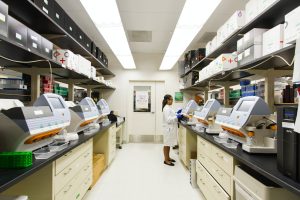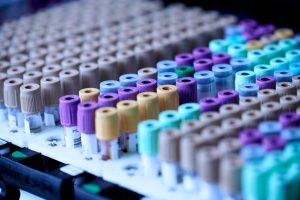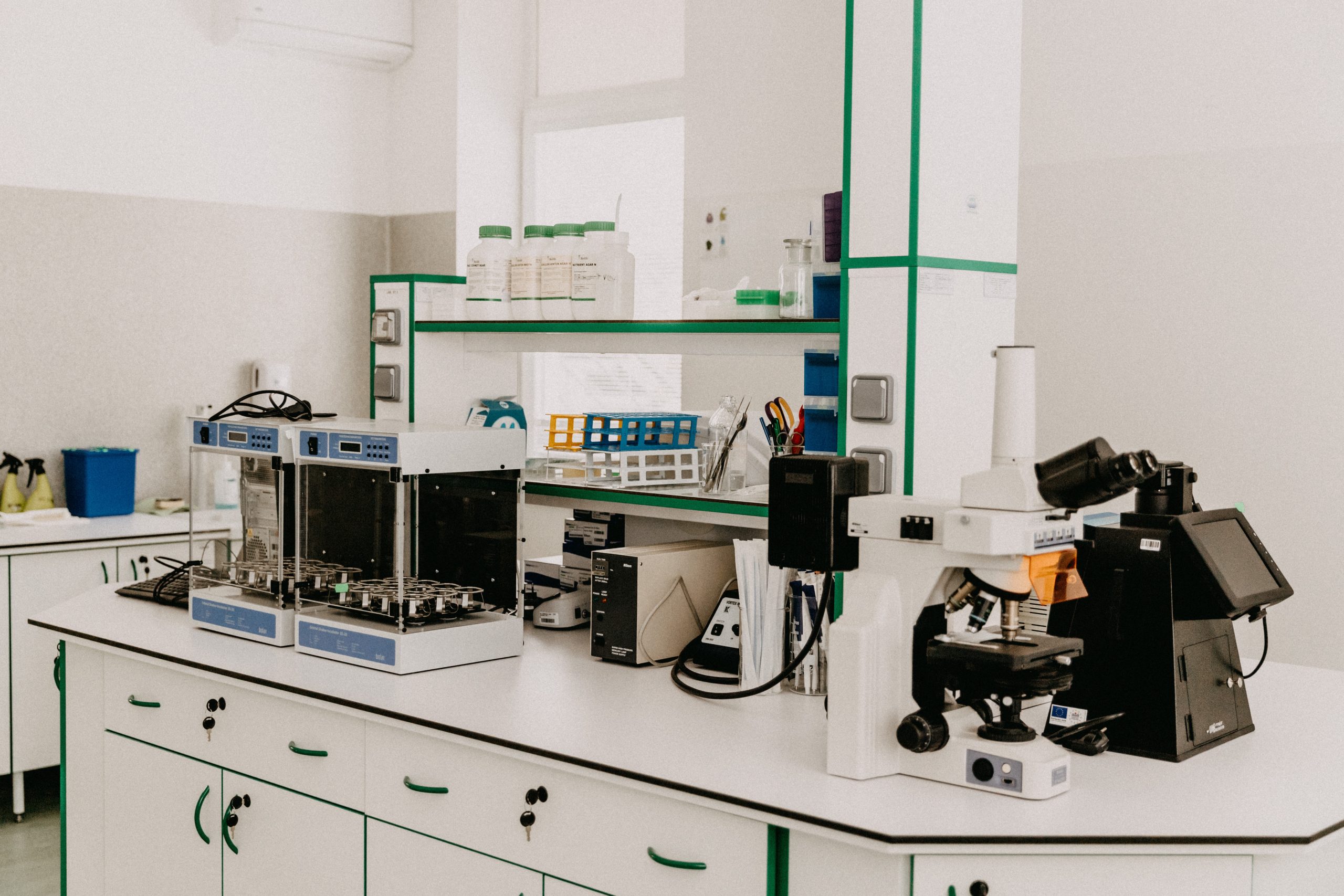The world of laboratory equipment is a dynamic one, with constant advancements and innovations that push the boundaries of scientific research, medical diagnostics, and industrial processes. Staying at the forefront of these developments is crucial for laboratories looking to maintain high standards of accuracy, efficiency, and reliability.
In this article, we will explore the rapid evolution of laboratory equipment, the benefits of modern equipment, and the steps laboratories can take to evaluate, choose, and effectively implement the latest innovations. At Simmyfranks West Africa Ltd, we are dedicated to providing cutting-edge solutions to meet the evolving needs of laboratories, and we understand the importance of staying updated with the latest technology
.
The Rapid Evolution of Laboratory Equipment
Laboratory equipment has come a long way since the early days of scientific exploration. While the fundamental principles remain constant, the instruments and tools used to conduct experiments and research have undergone significant transformations. The key driving forces behind these advancements include:
- Technological Progress: Advances in materials, electronics, and automation have given rise to more sophisticated and precise instruments.
- Research and Development: Investment in research and development by both public and private sectors fuels innovation.
- Cross-Disciplinary Collaboration: Collaboration among various scientific disciplines has led to the development of versatile equipment with broader applications.
- Market Demand: Laboratories and industries have growing needs for faster, more accurate, and user-friendly equipment.
The Benefits of Modern Laboratory Equipment
Adopting modern laboratory equipment offers several advantages that can enhance research, diagnostics, and industrial processes:
- Accuracy: Modern equipment often comes with improved precision, reducing errors and enhancing data reliability.
- Efficiency: Many new instruments are designed for faster processing, increasing productivity.
- Automation: Automation reduces the need for manual intervention, making processes more streamlined and consistent.
- Sustainability: Some modern equipment is more energy-efficient and environmentally friendly.
- User-Friendly Interfaces: Innovations in design have led to user-friendly interfaces and intuitive software, reducing the learning curve for operators.
- Versatility: Many instruments have broader applications, allowing laboratories to perform a variety of experiments with a single piece of equipment.
Evaluating and Choosing New Equipment
When considering new laboratory equipment, laboratories must take several factors into account to make informed decisions:
- Assessing Needs: Laboratories should thoroughly assess their specific requirements, taking into consideration the types of experiments and tests they conduct.
- Budget Constraints: It’s important to establish a realistic budget for acquiring and maintaining new equipment.
- Compatibility: New equipment should seamlessly integrate into existing workflows and laboratory systems.
- Quality and Reliability: Research the reputation of equipment manufacturers, read reviews, and assess their track record for quality and reliability.
- Installation and Training: Laboratories must ensure that they have the necessary facilities and expertise for installation and that their staff receives adequate training.
- Regulatory Compliance: Comply with relevant regulations and standards for laboratory equipment to avoid potential legal or safety issues.
Simmyfranks offers a range of modern and technologically advanced laboratory equipment to meet the diverse needs of laboratories. Our products are designed to deliver exceptional accuracy, efficiency, and versatility.

Installation, Training, and Maintenance of Modern Equipment
Adopting modern equipment is just the beginning; its proper installation, effective training of staff, and regular maintenance are essential for maximizing its benefits:
- Installation: Proper installation is critical to ensuring that the equipment operates at its peak performance. Laboratories must have the necessary facilities and follow the manufacturer’s guidelines for setup.
- Training: Adequate training for laboratory staff is essential. It ensures that operators can fully utilize the capabilities of the equipment and understand best practices for its use.
- Preventative Maintenance: Routine maintenance is key to extending the lifespan of modern equipment and minimizing downtime. Simmyfranks offers comprehensive preventative maintenance services to keep equipment in optimal condition.
- Calibration and Verification: Calibration of modern equipment is necessary to ensure accuracy. Laboratories should establish calibration schedules and track the results.
By proactively addressing these aspects, laboratories can fully leverage the advantages of modern laboratory equipment while minimizing operational disruptions and safety risks.
In conclusion, advancements in laboratory equipment play a pivotal role in the success of scientific research, diagnostics, and industrial processes. Staying updated with the latest innovations and integrating them into laboratory operations is essential for maintaining high standards of accuracy, efficiency, and reliability. At Simmyfranks West Africa Ltd, we are committed to providing laboratories with the most advanced solutions to support their evolving needs. Our range of modern equipment, backed by installation, training, and maintenance services, ensures that laboratories can continue to thrive in their quest for scientific and industrial excellence.
If you have questions or need assistance with selecting and implementing modern laboratory equipment, please feel free to contact us. We’re here to support your laboratory’s journey toward excellence.




